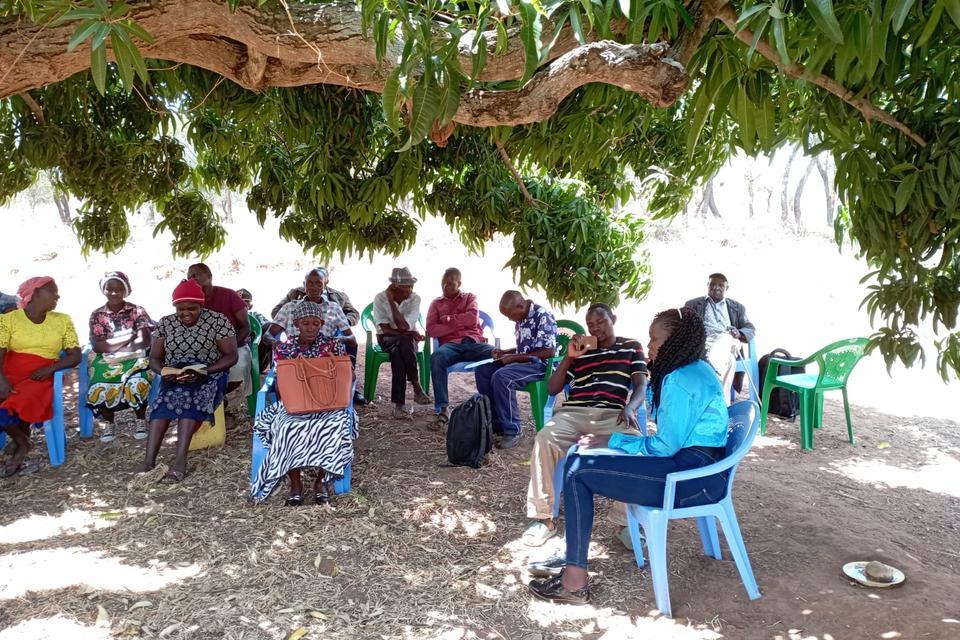Empowering Counties: Building Capacity for GHG Reporting in Kenya’s Crop Production
- From
-
Published on
22.10.24
- Impact Area

Kenya’s crop subsector plays a crucial role in the country’s economy, but it is also a significant source of greenhouse gas (GHG) emissions. Key contributors to these emissions include land-use changes, fertilizer use, and crop residue management. Together, these agricultural practices release large quantities of carbon dioxide (CO₂), methane (CH₄), and nitrous oxide (N₂O) into the atmosphere, which accelerates climate change. As agriculture is critical to incomes and survival, addressing its GHG emissions is essential for Kenya to meet its climate commitments and foster sustainable farming practices.
Accurate monitoring of these emissions is key to improving agricultural techniques, fulfilling international climate commitments, and promoting sustainability without compromising productivity. However, data collection challenges at the local level hinder effective monitoring and reporting. Without accurate grassroots data, Kenya’s GHG inventory remains incomplete, affecting emission estimates and limiting targeted interventions.
Related news
-

Mapping for Resilience: How Spatial Data is Transforming Karamoja Cluster
Ibukun Taiwo02.07.25-
Climate adaptation & mitigation
Pastoral communities in the Karamoja Cluster (a region spanning Kenya, Uganda, South Sudan, and Ethi…
Read more -
-

Building Resilience and Regeneration: The Central Highlands Ecoregion Foodscape (CHEF)
Sehlule Muzata02.07.25-
Climate adaptation & mitigation
At the CGIAR Sustainable Farming Program (SFP), we believe that collaboration is essential for trans…
Read more -
-

Planting with Precision: How Weather and Climate Information is Changing Bean Farming in Rwanda
The Alliance of Bioversity International and the International Center for Tropical Agriculture (CIAT)01.07.25-
Climate adaptation & mitigation
Imagine weather information as a GPS for farmers. Without it, the journey becomes uncertain, filled…
Read more -
